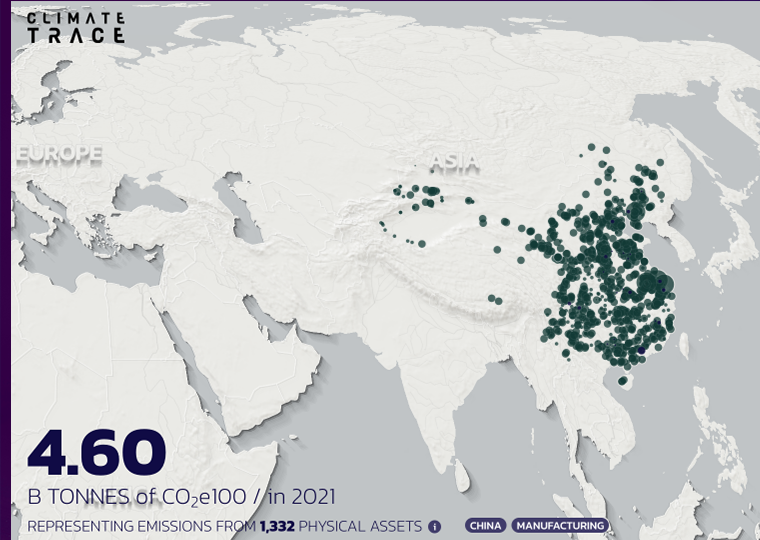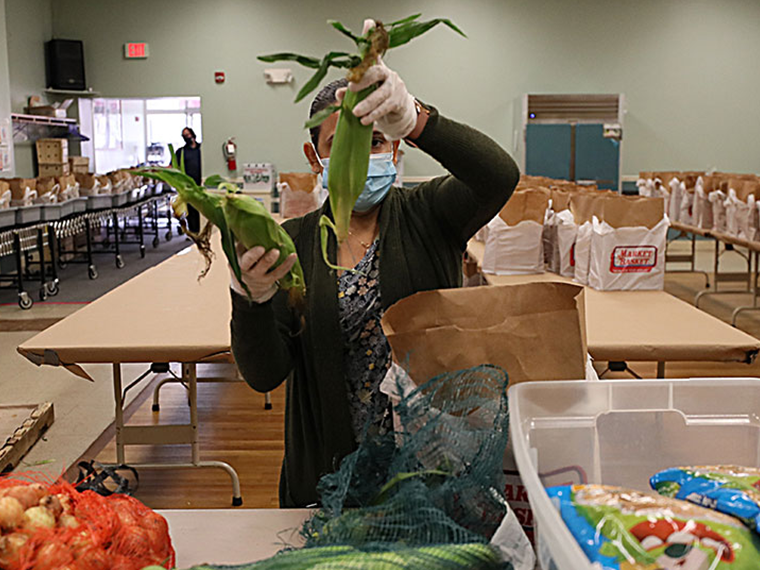Do for-profit supermarket chains tolerate higher-priced co-ops?
Modern food cooperatives, a legacy of 1960s counterculture, would seem well suited to an age of socially responsible consumption. Not-for-profit and owned by members, grocery co-ops promote healthy eating and sustainable agriculture, source from local producers and provide services to their local communities.
Still, co-ops remain a tiny part of the U.S. grocery scene, accounting for just $2.3 billion in revenues, according to the National Co+op Grocers trade group, with some 147 co-ops operating 200 stores. In contrast, Kroger’s 2,742 stores generated more than $132.5 billion in 2020 sales.
A working paper by Eindhoven University of Technology’s C. Gizem Korpeoglu, University College London’s Ersin Körpeoğlu, UCLA Anderson’s Christopher Tang and Fudan University’s Jiayi Joey Yu uses a competition model to consider co-ops’ place in the competitive grocery landscape. They focus on differing social missions co-ops employ and how those would help in entering a market. In the model:
- A co-op that charges higher prices and strives for its own wider profit margins — to support local healthy meal programs, cultural events and other community activities — is more likely to be tolerated by for-profit chains focused on sales volume. We’ll call these community co-ops.
- Co-ops that aim for higher sales volume at the expense of profit margins —creating jobs, sourcing from local producers and supporting the local economy — are more likely to trigger a tough competitive response from for-profit chains, which will slash prices to keep a co-op out of the market. We’ll call these people’s co-ops.
Many shoppers believe co-ops are more expensive than conventional grocers. The reality is more complicated — surveys suggest co-op prices are higher on some items, such as dairy and frozen foods, and lower on produce and bulk goods. But even the co-op industry acknowledges, “There are highly visible products that we may price significantly higher than the competition.”
Some of the difference in prices is simply a matter of size. Even smaller for-profit chains find it difficult to compete with the vast economies of scale of a Walmart or Kroger.
Higher priced co-ops succeed in part by attracting socially conscious shoppers less sensitive to price; the satisfaction they get shopping at a co-op acts as a kind of invisible discount. Co-ops can also reduce the pain of higher prices with member-only discounts. By effectively setting discounts and membership fees, profit-maximizing co-ops in particular can encourage shoppers who spend a lot on grocers to become members, maintaining profits.
The modern cooperative movement, which goes back to the 19th century, saw a reflowering in 1960s and ‘70s. One of the oldest, the Puget Consumers Co-op of Seattle, or PCC, began as a buying club in 1953 and opened its first store in 1967, becoming a pioneer in the emerging natural foods movement.
Some co-ops serve members only, while others are open to everyone. Members are charged an upfront fee and receive discounts on all their purchases and, with some cooperatives, have to volunteer a certain number of hours a month.
Both types of co-ops require the presence of lots of socially conscious shoppers, and either one will hurt the profits of existing grocers.
But community co-ops (higher-priced) can thrive by going after just the high-conscience shoppers, who are willing to pay more, and leave less socially conscious consumers for the for-profit store. But people’s co-ops (lower-priced) need to attract more low-conscience shoppers to boost sales and will use the lure of lower prices to do so.
People’s co-ops’ lower prices also pose a greater threat to profits of the existing grocer, which would have to cut its prices to stay competitive. While grocers will lose some market share to community co-ops, the loss of business is less costly than the lower margins needed to keep the co-op out of the market.
The paper only considers what happens when a co-op enters a market with an existing grocer, but the model could be useful to a new breed of co-ops moving into rural areas or urban neighborhoods that lack a full-service grocer — areas known as food deserts.
Co-ops like people’s — those willing to accept lower profits in favor of higher sales — may be perfectly suited to thrive in underserved markets where no for-profit competitor exists. Their mission of providing jobs and supporting local producers may also make them a good fit.
Featured Faculty
-
Christopher Tang
UCLA Distinguished Professor; Edward W. Carter Chair in Business Administration; Senior Associate Dean, Global Initiatives; Faculty Director, Center for Global Management
About the Research
Korpeoglu, C.G., Körpeoğlu, E., Tang, C., and Yu, J. (2020). Entry of Not-for-Profit Food Cooperatives and Its Implications on For-Profit Retailers.





